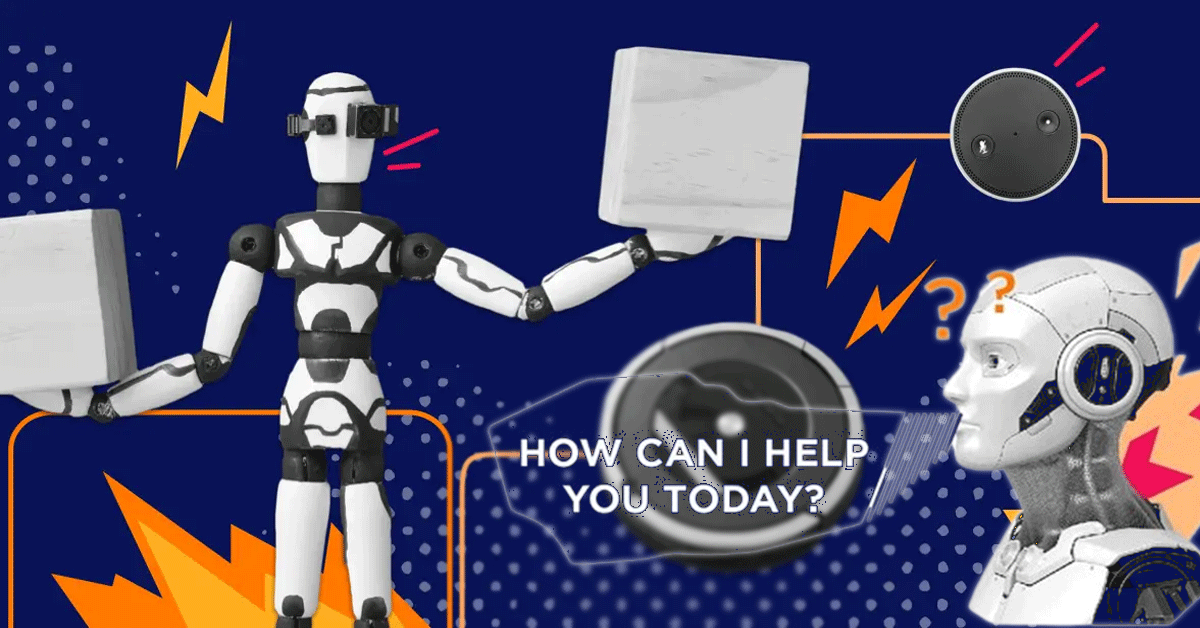We are in a tech and AI boom. Almost everyone has a smartphone and a virtual assistant in it. It could be Amazon Alexa, Apple Siri, Google Assistant, and Microsoft Cortana. Previously, we talked about how the most famous Virtual Assistant, Google Assistant, changed the way we use maps.
These assistant apps seem to make our lives a tad easier. But did you know about the risks of using these Virtual assistants? Let me tell you all about that.
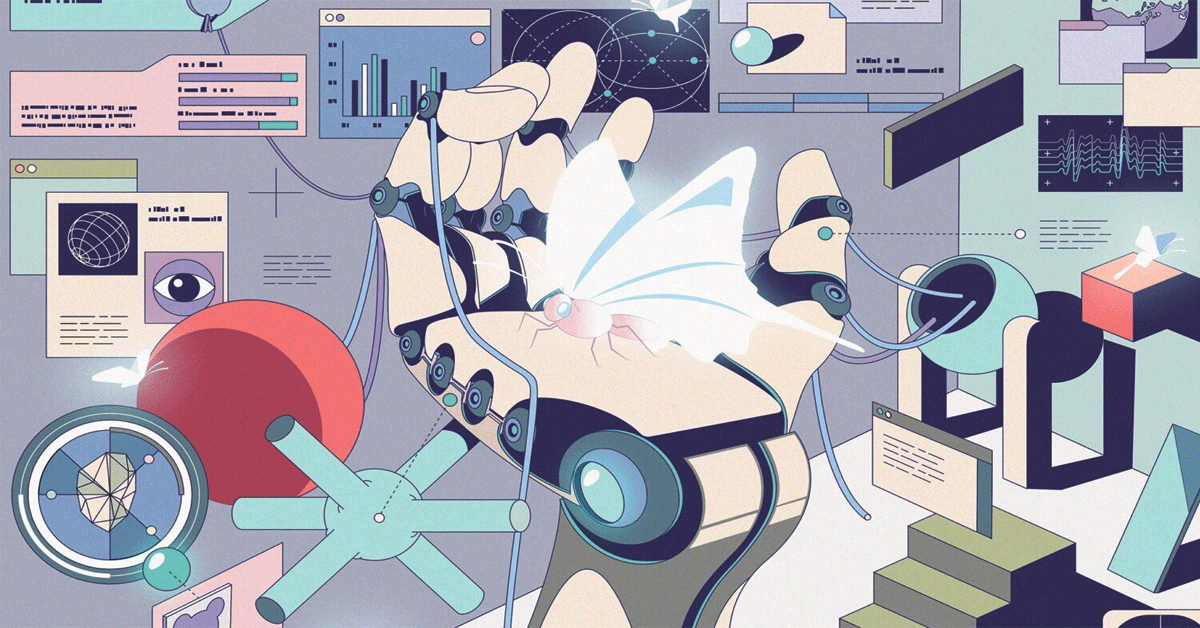
What is a virtual assistant (AI assistant)?

Virtual AI personal assistants, alternatively known as AI assistant or digital assistant, is a software application designed to comprehend voice commands in natural language and carry out tasks on behalf of the user.
And with the rise of Chatbots and Generative AI, there's a whole new world of virtual helpers at our service. In a simpler way, the main purpose and the main objectivity of an intelligent virtual assistant is to answer users' questions.
Types of Virtual Assistants
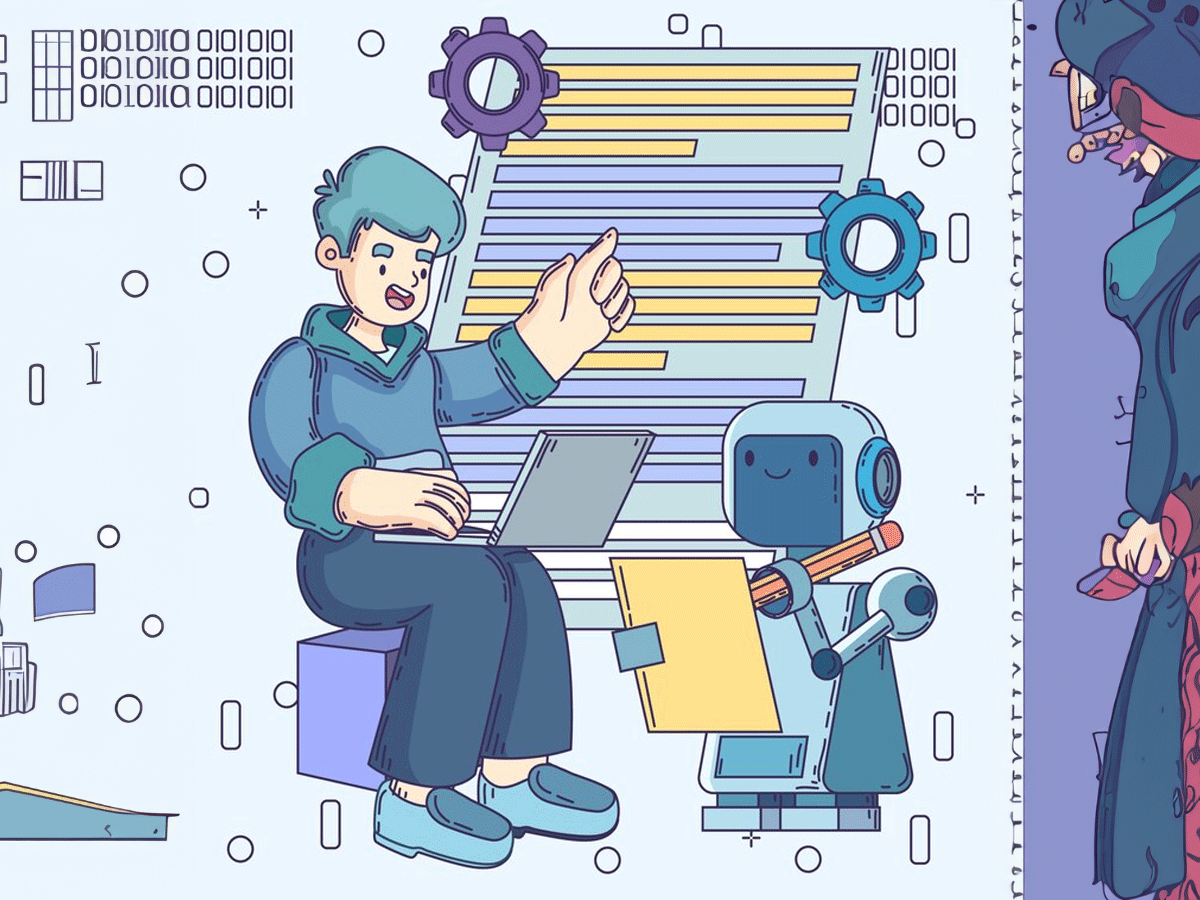
Virtual Assistants come in different types. I'm going to explain the main categories.
AI Chatbots
AI chatbots function as virtual assistants, interacting with users through text-based interfaces on websites, social media platforms, and messaging apps. These bots play a role in aiding customers, addressing inquiries, or engaging in conversations.
Their operation utilizes natural language processing (NLP) and machine learning (ML) algorithms. These algorithms enable the chatbot to comprehend user input, provide relevant responses, and enhance their efficiency by learning from ongoing interactions over time.
Conversational Agents
In addition to text-based chatbots, conversational agents assign virtual assistants to engage in human-like conversations using both text and voice interfaces. These AI-driven systems are prepared to understand complex linguistic patterns, decipher user intent, and provide contextually appropriate responses.
Leveraging conversational AI allows the creation of advanced virtual assistants capable of tackling diverse tasks and delivering an interface that is more intuitive and natural for users.
AI Virtual Assistants
Capable of handling an array of tasks, these high-level virtual assistants often operate seamlessly across various devices and platforms. These AI-powered virtual assistants engage in conversations with users through natural language in voice-based interactions.
Thanks to these AI virtual assistants, users can effortlessly access information, control smart home devices, and organize their schedules by seamlessly integrating with diverse services and applications. Prime examples of such AI virtual assistants include Amazon Alexa and Apple Siri.
AI avatars
AI avatars are three-dimensional models crafted to resemble humans, utilized for entertainment purposes or to inject a human-like element into virtual customer support interactions. State-of-the-art technology from companies such as NVIDIA can generate remarkably lifelike human avatars in real time.
Domain-specific virtual assistants
In contrast, domain-specific virtual assistants represent highly specialized adaptations of AI virtual assistants tailored for specific industries. These are finely tuned for optimal performance in sectors with unique demands, including travel, finance, engineering, cybersecurity, and others.
These AI assistants can again be categorized by how they work.
1. Voice-activated assistants, like Siri or Alexa, respond to voice commands and are tailored for straightforward tasks such as information searches, setting alarms, or playing music.
2. Task-oriented assistants are crafted with specific purposes in mind, such as scheduling appointments or managing emails.
3. Predictive assistants, like Google Now or Cortana, employ machine learning algorithms to anticipate a user's needs, proactively providing relevant information and services even before they are explicitly requested.
The Main Technologies Behind AI Assistants
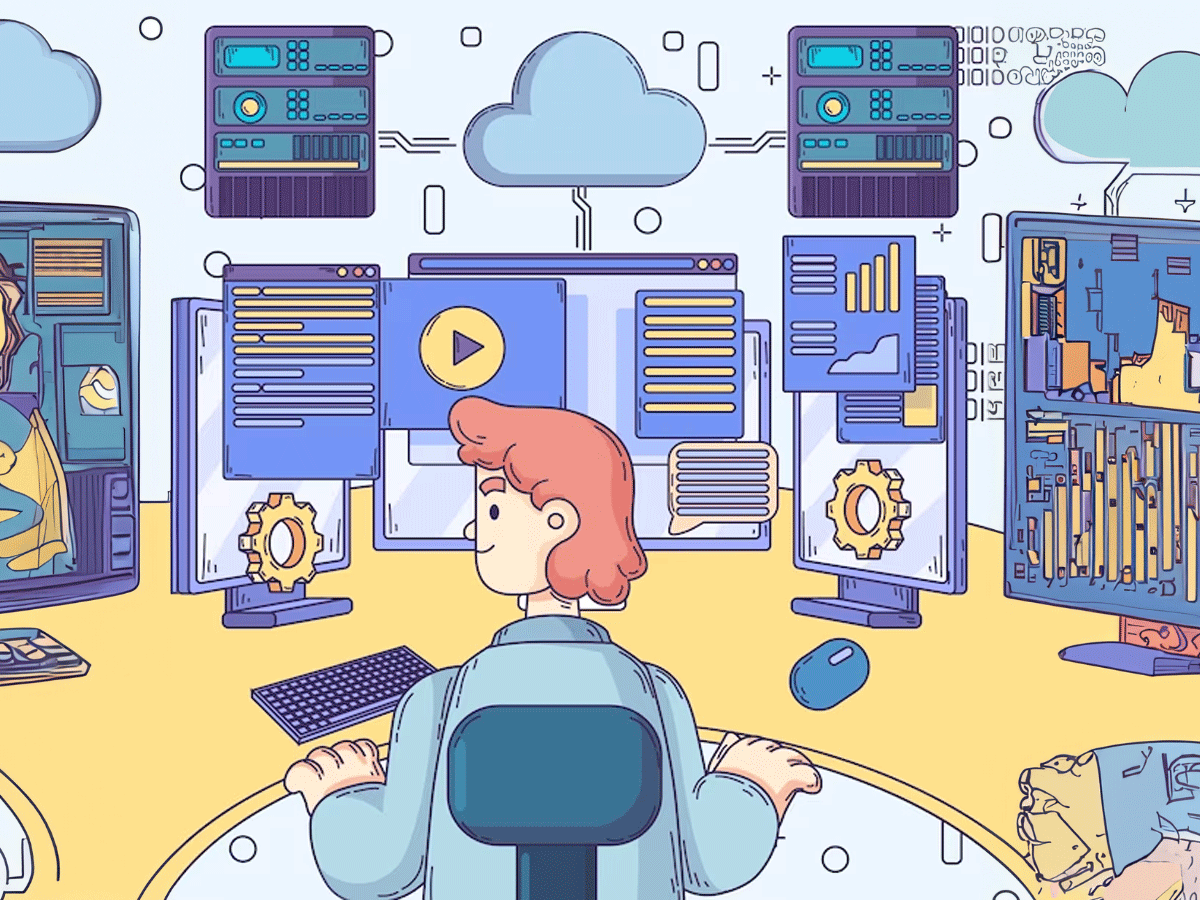
Ever wondered how virtual assistants like Siri or Alexa understand your commands so effortlessly? There are several pretty cool technologies behind this. Let me explain the main ones to you.
Speech-to-Text (STT) and Text-to-Speech (TTS): This technology transforms your spoken words into digital signals and vice versa. Basically, what happens when you talk it makes vibrations; these vibrations are converted by an analog-to-digital converter (ACD) into digital signals, matching sounds with phonemes.
On the flip side, TTS works using machine learning, involving steps like converting text to words and performing phonetic transcription.
Computer Vision (CV) trains machines to interpret visual signals, making them recognize and respond to what they "see." This is crucial for creating visual virtual assistants that can understand your voice and interpret your body language.
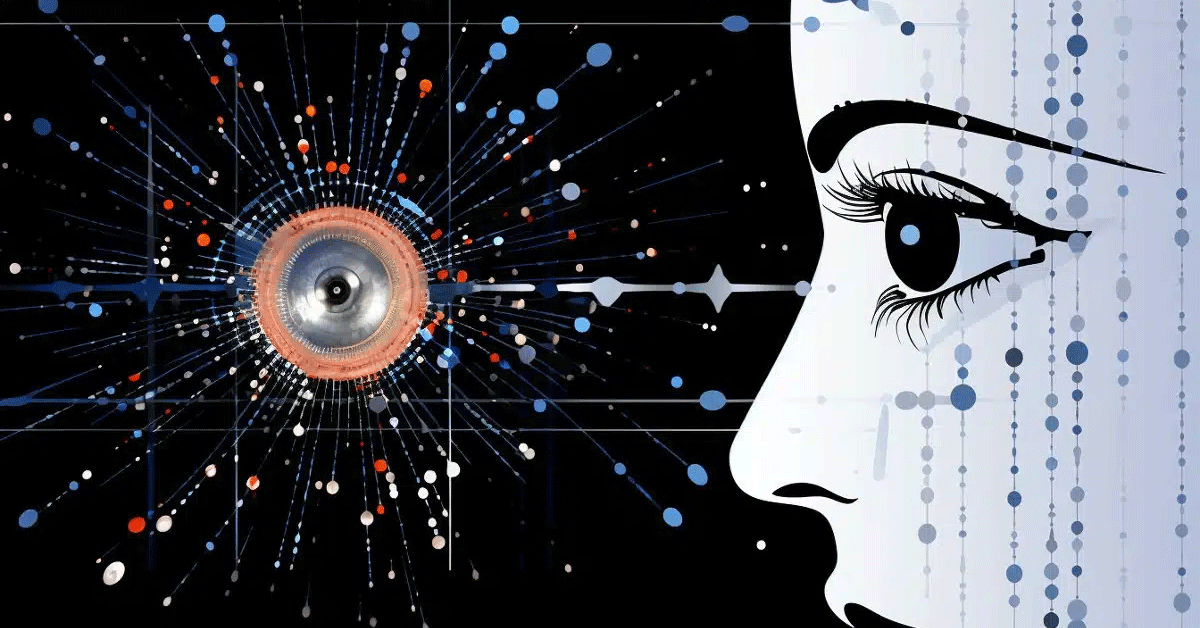
Natural Language Processing (NLP) simplifies speech recognition, and it can be learned from unique customer data. It's related to Natural Language Understanding (NLU), which steps in to make sure your virtual assistant gets your intentions right.
While NLP takes care of grammar, NLU deciphers the actual meaning behind your words. And for the ultimate human-like responses, there's Natural Language Generation (NLG).
Deep Learning is behind those text-based chatbots that seem to understand you better each time. Systems like GPT-4 AI create not just responses but unique stories. They learn from every interaction, correcting typos and enhancing their linguistic finesse.
Augmented Reality (AR) brings 3D objects into your real-world interactions, making mobile chatbots and avatars more engaging. When combined with AI, AR makes your virtual assistant convenient and impressive.
Generative Adversarial Networks (GANs) are basically two neural networks battling to be more accurate. GANs use real image samples to create lifelike 3D faces for AI avatars. Take Nvidia's Omniverse Avatar Project Maxine, a pioneer in photorealistic AI faces.
Emotional Intelligence (EI). Your virtual assistant understands your words and tracks your emotions in real-time. Thanks to Emotion AI, it analyzes facial expressions, body language, and even your tone of speech.
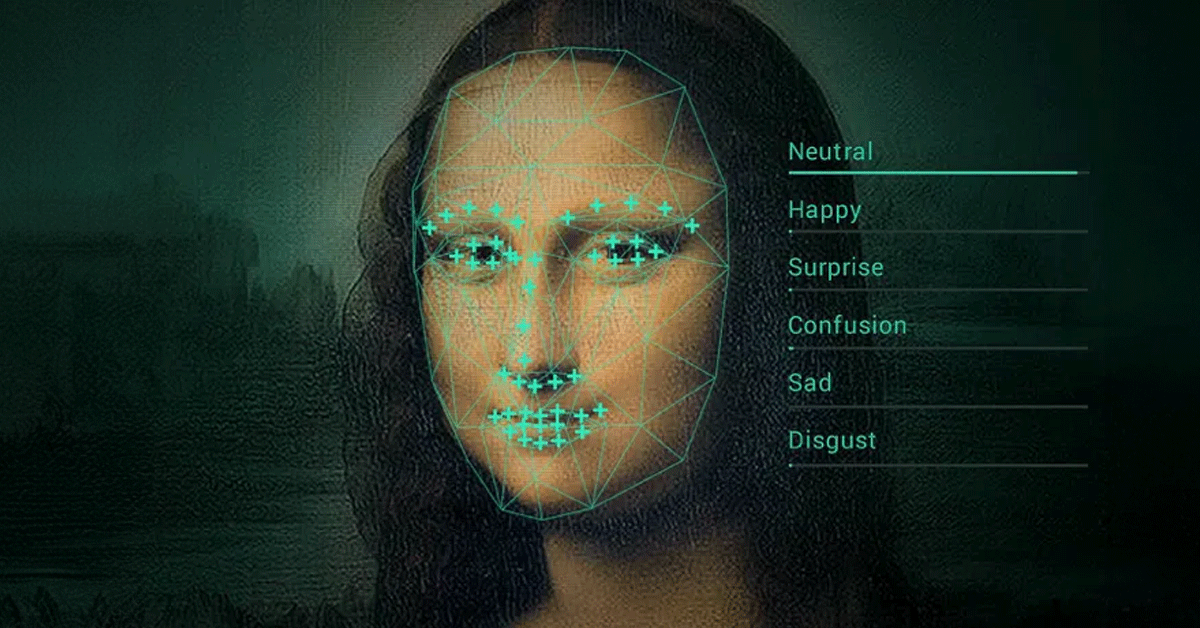
Modern solutions can recognize a range of emotions – joy, sadness, anger, contempt, disgust, fear, and surprise. If you want to read more about how Machines Understand Human Emotions, we have you covered.
What are the Best AI Assistants?
Looking for the perfect AI assistant? Here's a quick rundown of some of the best ones out there in 2023. some of these are my personal suggestions, and some of these AI tools are not general-purpose AIs.
If you are looking for just general-purpose ones, You can't go wrong with Google Assistant, Siri, or Alexa.
- Otter: Need an AI assistant for meetings? Otter's got you covered. This virtual assistant records audio, takes notes, captures slides, and even generates summaries. It integrates with your Google or Microsoft calendar and can automatically join and record meetings on platforms like Zoom, Microsoft Teams, and Google Meet. Plus, it's a pro at transcribing calls on the fly.
- Fireflies: Fireflies, another AI meeting assistant, uses NLP to make note-taking a thing of the past. It records, transcribes, and lets you search through voice conversations effortlessly. You can even invite Fireflies to your meetings to record and share discussions.
- Siri: Apple users, you're probably familiar with Siri. This AI assistant relies on natural language and voice queries, adapting to your preferences. It's not just for answering questions; Siri can make recommendations, place calls, send texts, and even dictate your location.
- Alexa: Amazon's Alexa virtual assistant handles tasks through voice interaction and NLP. Whether you want to listen to music, set alarms, or get real-time updates on weather and traffic, Alexa's got you covered.
- Google Assistant: Launched in 2016, Google Assistant is a voice-powered marvel available on various devices. With a vast reach across 10,000 devices and 1,000 brands, it's a go-to for voice-activated control, task completion, reminders, appointments, and even real-time translation.
- ELSA Speak: Looking to improve your English pronunciation? ELSA Speak, an AI-powered app, guides you through short dialogues with instant feedback. With over 4.4 million downloads and users in 101 countries, it's a handy tool for language learners.
- Socratic: Students, listen up! Socratic is your AI study buddy, assisting with math and homework. AI provides visual explanations of concepts through text and speech recognition. Whether you're studying science, math, literature, or social studies, Socratic has your back.
- Youper: Taking care of your emotional health? Youper, an AI-powered emotional health assistant, engages in quick conversations to guide you through personalized meditations. Track your mood, become more in tune with your feelings, and enjoy one of the top mental health apps on iOS and Android.
What are the Functionalities of Virtual Assistants
Virtual assistants commonly execute straightforward tasks for users, encompassing:
- Inclusion of tasks in a calendar.
- Dispensing information is typically sought through web browsing.
- Oversight and verification of smart home device statuses, such as lights, cameras, and thermostats.
- Execution of phone calls and reception of the same.
- Arrangement of meetings.
- Composition of text messages.
- Provision of directions.
- Auditory receipt of news and weather updates.
- Identification of hotels or restaurants.
- Confirmation of flight reservations.
- Podcast streaming.
- Establishment of reminders.
- Management of workflows.
- Support in e-learning and training.
- Hailing an Uber or Lyft.
- Listening to music.
- Engagement in gaming.
Privacy Concerns
They're getting better at understanding us, thanks to fancy things like speech recognition and NLP.
Experts say that by 2025, about half of the workers will be using a virtual assistant daily.
The future might also see these virtual pals stepping into the metaverse. Companies are brainstorming ways to bring virtual assistants into their virtual reality adventures.
While these virtual buddies make our lives easier, some worry about privacy. Take Amazon Alexa and Google Home, for instance. They want a lot of your personal stuff and might even eavesdrop accidentally because these need to be always listening to respond whenever we summon them.

Cortana, from Microsoft, takes data from your device, like emails and messages. But now it's no longer there. Now we have Windows Copilot
But hey, these virtual assistant providers have privacy rules, and you can tweak and adjust settings however you need. But here's the issue: whenever you change those settings, you might not be able to get the full use out of these AI assistants.
If you are really worried about some AI listening in on your private convos? You can set sound notifications, and then whenever the assist is enabled, you get a notification sound.
By default, the notifications of certain voice assistants, such as Echo and a few Google devices, are set to silent, so you have the option to enable them.

And if you're still not feeling private, you can tell Alexa to forget everything you said—well, almost everything. Nevertheless, taking this action doesn't assure that the data won't undergo evaluation even after the transcripts are erased. So, to be safe, just remember to share sensitive info with any of your virtual pals. Not the best idea.
